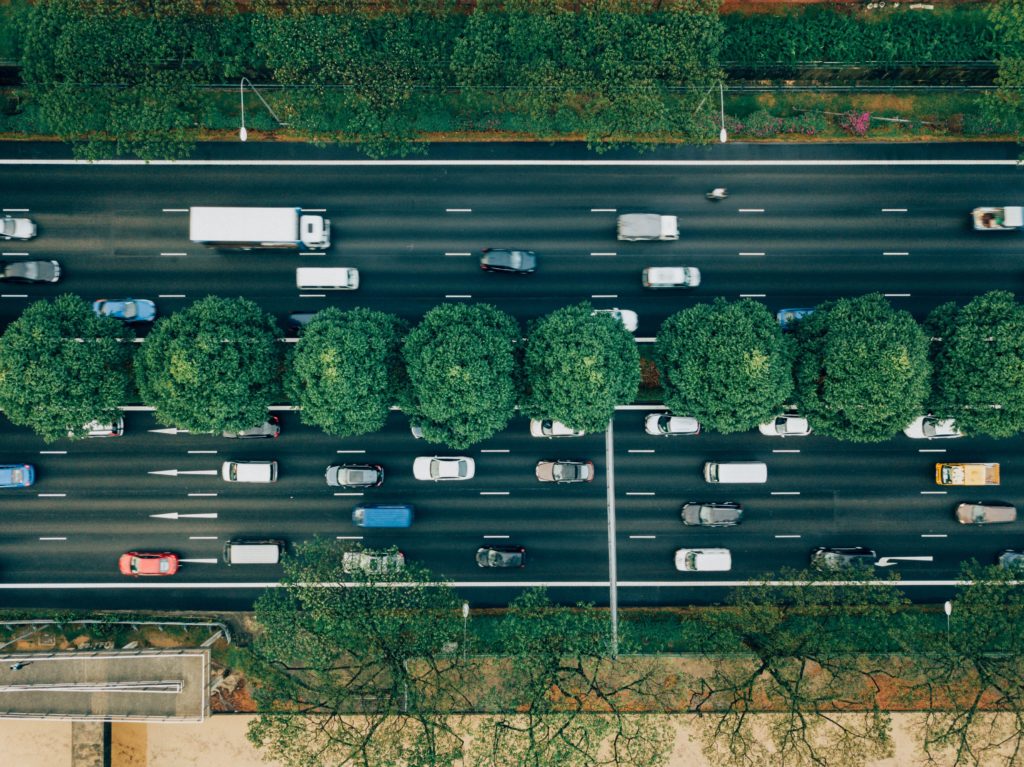Picture the scene if you will: responding to email while your vehicle barrels down the road at 100+ miles per hour. Normally this would be quite concerning, but your car is following at a perfect 3 car lengths from the one in front of you. Everyone is moving along in orderly lines. No one is weaving in and out of traffic, no slow drivers in the left lane, and no stopping until you reach your destination. All this is made possible by a traffic controlling supercomputer. Sounds like something out of a movie or sci-fi right? Well, it may be closer than you think.
Right now, there are a countless number of digital “cars” called packets being transmitted at insane speeds over expansive distances. The internet is quite literally the information superhighway, with devices capable of transmitting millions of unique address packets all over the world in a matter of minutes, if not seconds. Thousands of packets can be received on time and in order, allowing us to stream a TV show or make a VoIP phone call. This is not new technology either; it has been around for decades powering the connection between computers that make up the internet.
Now on the roads, we have cars that can drive themselves, park themselves, and even alert you before taking over to avoid a collision. Computers have permeated the car world and we are just at the precipice of what is possible. As these in-car computers start to network with one another, they will start to from a more complex traffic network. And as data needs to get from source to destination without collision or interruption, so too will vehicles on the road.
Enter: “traffic supercomputers.” As a network router picks the best route for all packets that pass through it, a traffic computer can also find the fastest route for all vehicles it oversees. Things like stop signs and traffic lights become a thing of the past. The precise timing of vehicles through intersections without stopping and the increased speed of traffic are some of the many possibilities of a system like this. Localized traffic computers would begin to talk with one another to build traffic routing tables and there would be an internet of the road where you are seamlessly passed from one controlling computer to another. Much of this is happening now with the data we use every day. As automation on the roads starts to become more commonplace, it is possible that vehicle traffic of the future will look more and more like the digital traffic of today.

